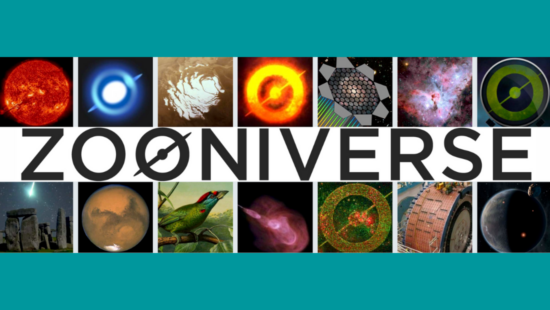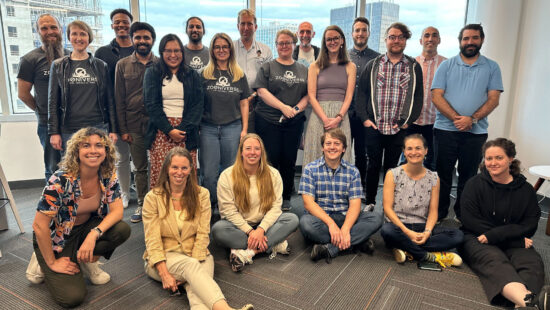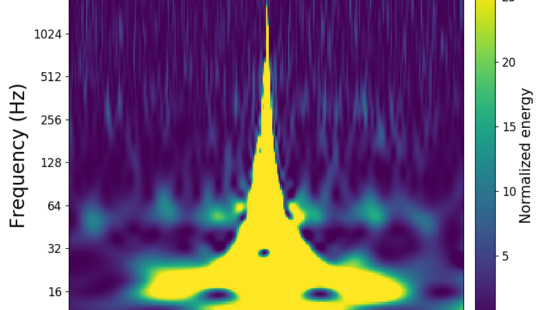Credit: NOAA
Citizen science is an exciting and growing enterprise where professional scientists team up with the public to analyze data and contribute to scientific research. The result: research teams obtain high-quality results that enable new discoveries and publications, while volunteers get to participate in authentic scientific research and interact with research teams and real data. Citizen science encompasses a broad spectrum of activities, but the connectivity and access granted by the internet has led to a rapid rise in popularity of online citizen science.
The Zooniverse is the world’s largest and most popular platform for online citizen science. With the Zooniverse’s US headquarters located just miles away at Chicago’s Adler Planetarium, the partnership is strong between CIERA and the Zooniverse. CIERA researchers lead a number of Zooniverse projects and collaborate on grant-funded efforts to continue expanding the boundaries of what is possible. From incorporating machine learning into data classification analyses, to engaging university students using citizen science in introductory classes, CIERA is working in close collaboration with the Zooniverse to push the cutting edge and engage the public through authentic participation in science.
We encourage you to visit and participate in CIERA’s citizen science projects!
CIERA’s Zooniverse Citizen Science Projects
- Gravity Spy (gravityspy.org)
Help search for gravitational waves in the LIGO data by classifying “glitches” — features that result from sources of instrumental and environmental noise. - Local Group Cluster Search (clustersearch.org)
Identify star clusters in images taken by the Hubble Space Telescope and the Dark Energy Survey Camera of our closest galaxy neighbors. - Earthquake Detective (https://www.zooniverse.org/projects/vivitang/earthquake-detective)
Investigate earthquakes and tremors using audio clips created from seismic measurements. - Zwicky Chemical Factory (https://www.zooniverse.org/projects/adamamiller/zwicky-chemical-factory)
Classify stellar explosions so we can understand how elements are created in the universe.






